Karakterre Driven
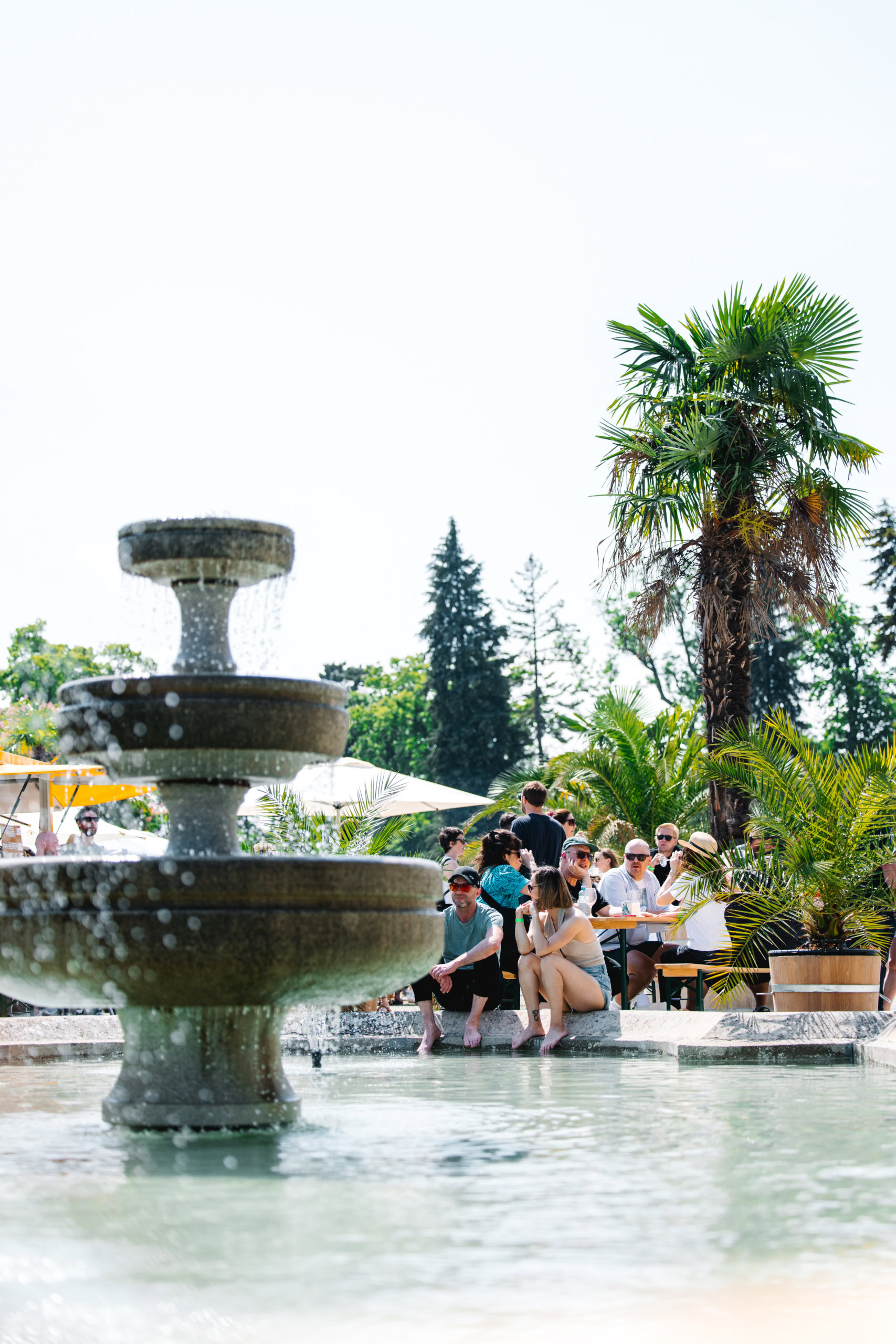
The festival where character meets connection over a glass of wine

The festival where character meets connection over a glass of wine
Małgorzata Partyka began writing about wine in 2015. The scientific experience gained from her PhD in human molecular biology helped her write two articles that were published in the Jancis Robinson Wine Writing Competitions of 2017 and 2020. Today, she writes about wine and food for Polish online and print magazines. She lives in Warsaw with her partner and young son.
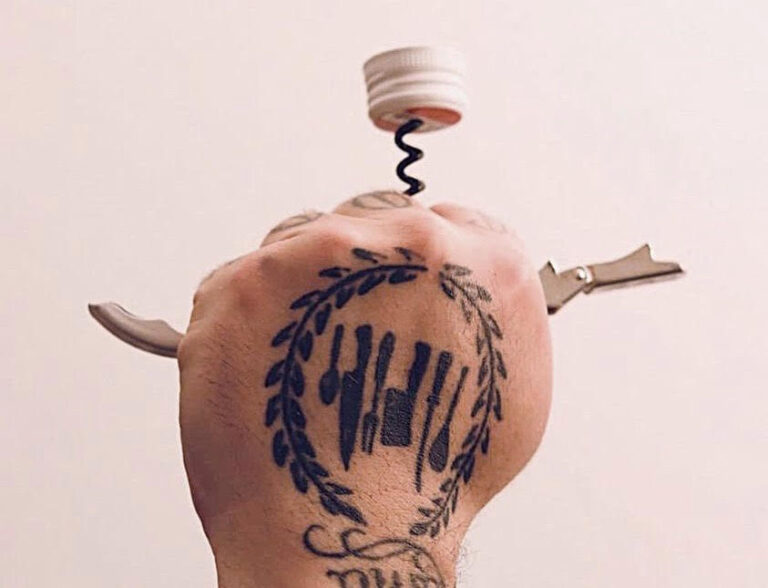
Screwcaps for fine wine are making a comeback. Do these cheap and cheerful closures have what it takes for the long run?
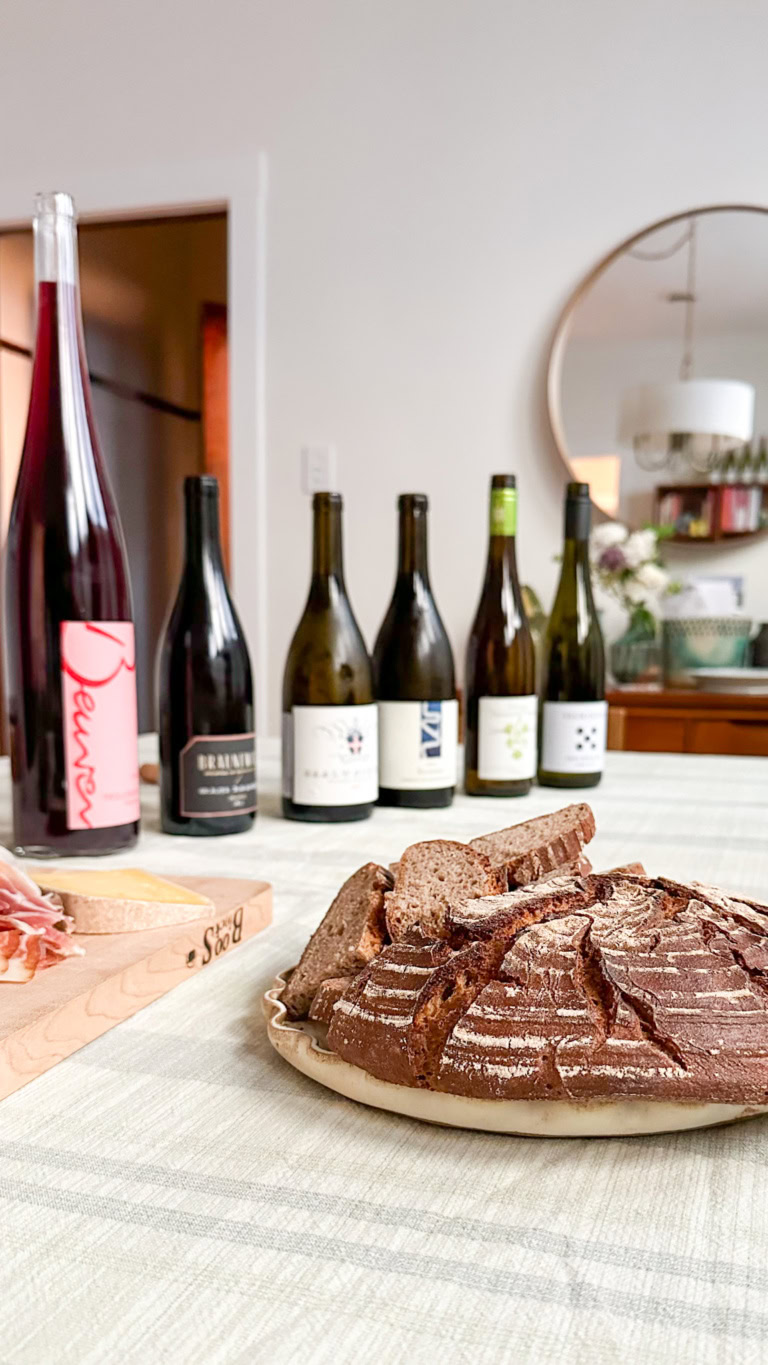
Star-baker Martin Sorge wants you to up your bread game. Wine pairings including.
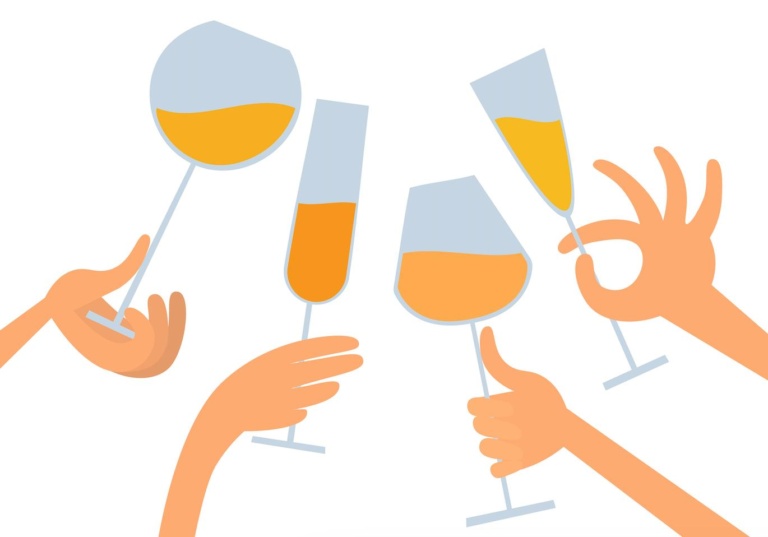
When Italy’s Collio DOC voted in December 2024 to include orange wines in their disciplinare, the news barely caused a ripple in the grand lake that is global wine. Meanwhile, I was in a state of mild shock. One of Italy’s most conservative appellations had just voted to allow orange wines to bear its hallowed classification. The decision clearly made sense: Collio is ground zero when it comes to orange wine. It was here, after all, that seminal growers like Gravner and Radikon redefined skin-fermented white wines in the late 1990s. Once considered heretics, their approach is now established worldwide…....
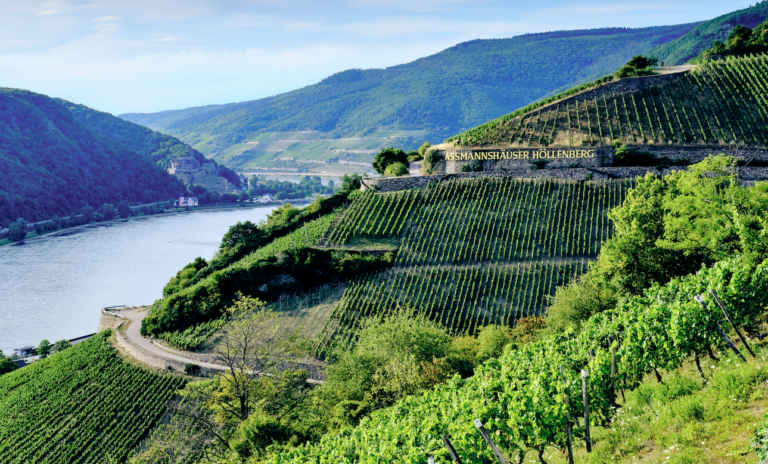
The Rheingau. A small, splendidly historic region of aristocratic estates and superb terroir awaiting an energizing charge. The steady ship in Germany’s often storm-tossed seas, navigating a course of admirable quality through the centuries. Its large estates set global benchmarks; its noble mien, iconic landscapes, and heralded vineyards have always set it apart. In recent times, however, the Rheingau’s identity has become somewhat obscured by the dominance of large, in some cases impersonal estates and global warming has diminished its long-held prominence as one of the few German wine regions capable of achieving consistent ripeness. If it is often described as “underachieving,” the word does hint at…...
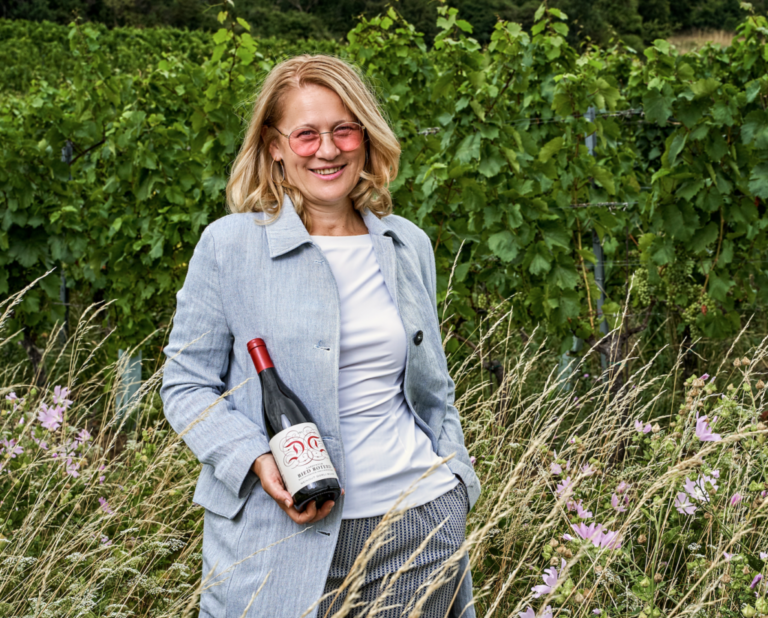
Austrian wine splashed back into the headlines recently when four of its wineries were chosen by a leading U.S. wine publication for inclusion in their “Top 100” worldwide. Notably, three of the four made their names with red wines. What’s more — in a first for Austria — one is a woman. The woman in question, Dorli Muhr, has been a powerful catalyst for the rise of Austrian wine over the past three decades. But gaining international recognition for her own wines, particularly her strikingly finessed Blaufränkisch from a vineyard she was the first to champion, has been a long…...
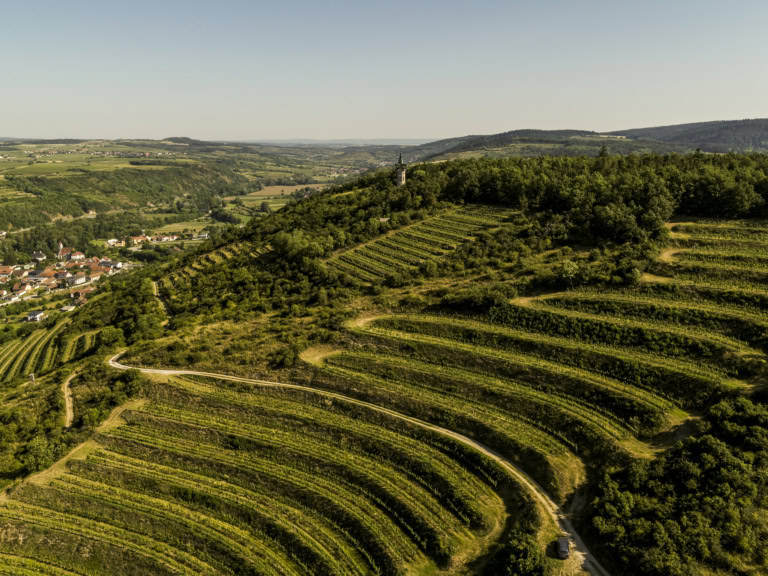
Is there a way to understand a vineyard? Wines from certain sites evoke the urge to uncover more about the place and the reason the wines taste the way they do. These are wines that, whatever the vintage or producer, manage to stay true to some sensory basics. Riesling might be the medium, but the message is origin. Geography and geology are where the notion of terroir begins. To understand a vineyard is to listen to what place tells us through location, aspect, and soil. Zöbinger Heiligenstein in Kamptal, Austria has plenty to say. The brave little vineyard: Heiligenstein’s storied…...
Enjoy unlimited access to TRINK! | Subscribe Today